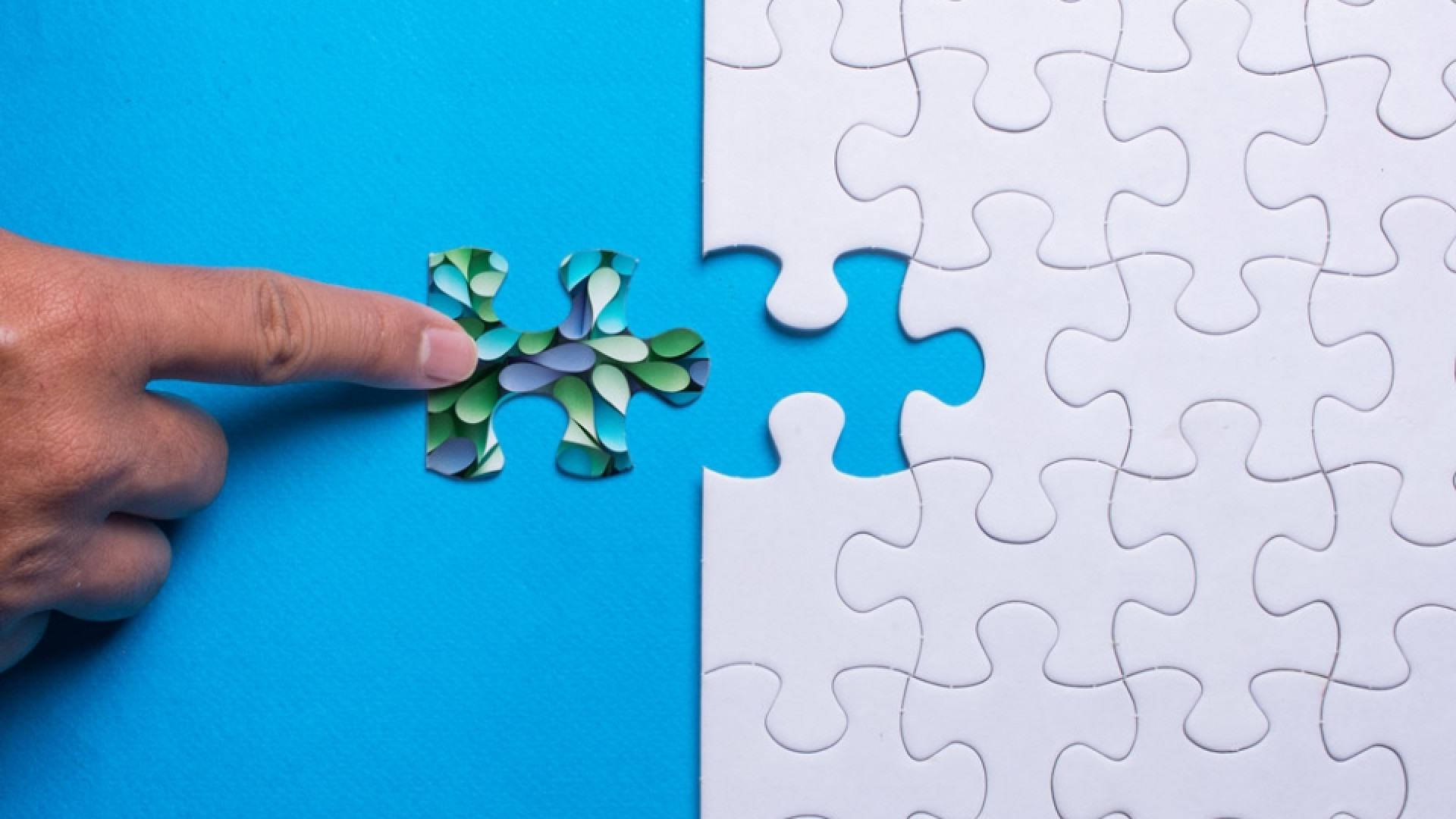We describe ourselves as a strategic-creative agency. This leads to the obvious question, what is it? You just design stuff, right? Strategic-creative is about how we go about making sure that the stuff we create is fit for purpose and delivers results for our clients.
Strategy in the design world is very different to strategy in a military, corporate or even advertising world. What they have in common is that sense of thinking about where we are now, where we want to be and making a plan to get there. Here’s a quick run-down on how a design agency strategist fits into the design process.
Understanding of the brief
Finding a great solution starts by understanding the real problem to be solved. A strategist engages the client, asks lots of why questions and listens in order to really understand what is needed. How does this brief align with the value drivers and the business, brand and marketing plans? What will success look like and how will we measure it? A well-defined problem is critical to helping the team come up with a well-conceived solution.
- Audiences. A strategist defines the target audience, their needs and motivators and what their current behaviours and perceptions are. This clarity helps everyone on a project focus on what journey we need to take the audience on. Audience insights mostly come from research – either directly by talking to them or through secondary sources. Often it comes from a long-held appreciation of human psychology, group dynamics and organisational behaviour.
- Frameworks. There are a number of proven best-practice models that define core communication processes like engagement, decision-making and purchase. A good strategist knows when and how to apply these frameworks to different briefs in order to move audiences towards the desired outcomes.
- Positioning. Working closely with the designer, the strategist helps define how something should be positioned in the eyes of audiences through its messaging, tone and visual language. This positioning allows a differentiated market offer that aligns closely with the audience needs and motivators.
- Channel/Medium selection. Good thinking and design is pointless if it doesn’t reach and/or register with audiences. The strategist works with the designer to identify the best way to get to audiences, and what mediums work best.
- Creative development. As we move into design, the designer takes lead on the creative process. The strategist plays a supporting role, helping identify and evaluate design ideas and approaches. They review designs and provide feedback to help improve single-mindedness, effectiveness and strategic alignment with the brief and audience needs.
- Selling ideas. Rarely do clients buy into an idea just because it’s a thing of beauty. Mostly they chose it because they can see its potential to solve their problem or realise an opportunity. The strategist works closely with the design team to sell-in an idea to the client by highlighting how it will deliver the results they need.
Strategic-creative is both a mindset and a process, ensuring that the discipline of being creative to a brief is geared towards achieving the right outcomes. Strategy-creative equals better design – but I would say that, I’m a strategist.

